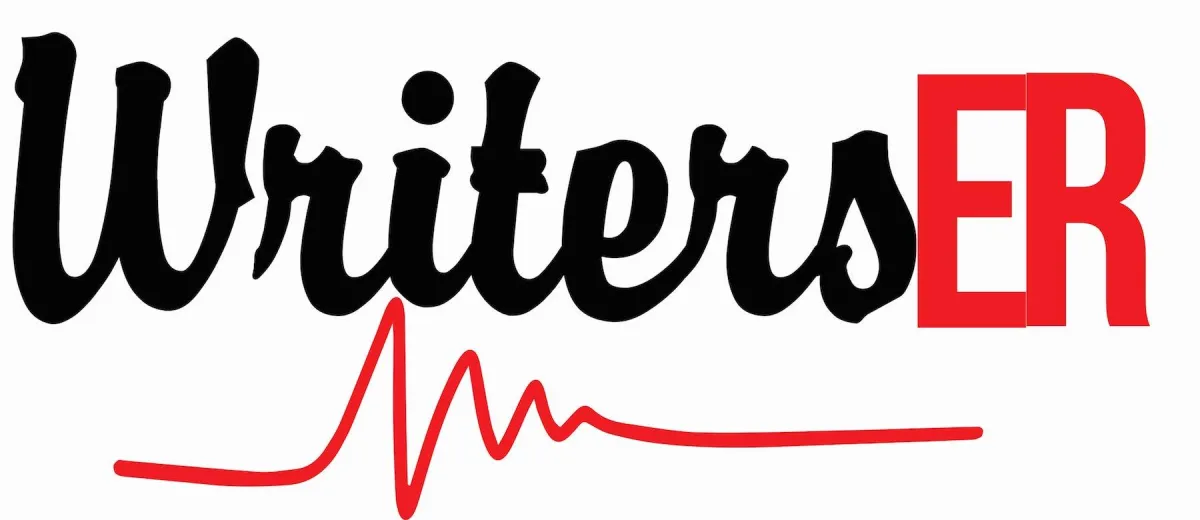BLOGS

How to Write an Effective Research Discussion: Turning Data into Insight
How to Write an Effective Research Discussion: Turning Data into Insight
Introduction
After months of collecting and analyzing data, you’re finally ready to write the discussion section of your research paper or thesis. The discussion is where you interpret your findings, explain their significance, and connect them back to the research question. This section can make or break your paper, as it’s where you demonstrate your understanding of the data and show how your research contributes to the broader academic field. In this guide, we’ll explore how to write a compelling discussion section that turns raw data into meaningful insights.

1. Summarize Your Key Findings
The first step in writing your discussion is to clearly summarize the key findings of your study. Avoid simply restating results from the data analysis section. Instead, highlight the most important takeaways and provide context for why they matter.
How to Summarize Effectively:
Focus on the Main Findings: Identify the results that directly address your research question.
Contextualize the Data: Briefly mention the methods you used and how they led to your conclusions.
Avoid Overloading with Data: The discussion isn’t the place to include every detail—keep the focus on the most significant insights.
Tip: Use this section to remind your readers of the research objectives and how your findings relate to them.
2. Interpret the Results
Once you’ve summarized the key findings, the next step is to interpret them. This is where you explain what the results mean, why they are significant, and how they contribute to the existing body of knowledge in your field. Interpretation goes beyond stating facts—it’s about analyzing the "why" and "how" behind your data.
What to Include:
Explain Unexpected Results: If your findings were different from what you anticipated, explain why. Offer possible reasons for unexpected results.
Connect to Literature: Compare your findings to previous research. Do your results support or contradict existing studies?
Address Limitations: Every study has limitations. Acknowledging them shows that you’re aware of potential weaknesses and helps readers understand the scope of your conclusions.
Tip: Be honest about your findings. If your results didn’t match your hypothesis, that’s okay—focus on what you learned and how it informs future research.
3. Discuss the Broader Implications
The discussion is also where you reflect on the broader implications of your findings. What do they mean for the field as a whole? How do they contribute to academic debates or practical applications? This is your chance to demonstrate the relevance and importance of your research.
Key Questions to Consider:
How does your research contribute to the field?
What are the potential real-world applications of your findings?
What questions do your results raise for future research?
Tip: Avoid overgeneralizing your results. Stick to the scope of your study and make realistic claims based on your data.
4. Address Study Limitations and Future Research
No research is perfect, and acknowledging the limitations of your study is an important part of the discussion. By addressing limitations, you show that you have critically evaluated your work and understand where improvements could be made in future studies.
Common Limitations:
Sample Size: Was your sample large enough to generalize the findings?
Methodology: Were there any biases or constraints in your data collection methods?
External Factors: Were there variables you couldn’t control that might have influenced the results?
Tip: After discussing limitations, suggest directions for future research. What unanswered questions remain? How could future studies build on your findings?
5. End with a Strong Conclusion
The discussion should end with a strong conclusion that ties everything together. This is your final chance to leave an impression on your readers, so make sure it’s clear, concise, and impactful.
How to Conclude:
Restate the Main Takeaways: Summarize the most important points from your discussion.
Highlight the Significance: Reiterate why your research matters and how it contributes to the field.
Suggest Future Research: End by encouraging further exploration of your topic and suggesting how future studies can address the questions you raised.
Tip: Keep your conclusion brief—this isn’t the place to introduce new information. Focus on wrapping up your discussion.
Conclusion: Writing a Clear and Insightful Discussion
The discussion section is your opportunity to interpret your findings, explain their significance, and show how your research contributes to the academic conversation. By summarizing key points, interpreting results, addressing limitations, and suggesting future research, you can write a discussion that adds depth and clarity to your work. At WritersER, we’re here to help you develop your academic writing skills and turn your data into insightful research.
Need more tips on writing your research discussion? Join the WritersER community today for personalized coaching and resources to help you succeed in your academic journey. Click here to get started!
